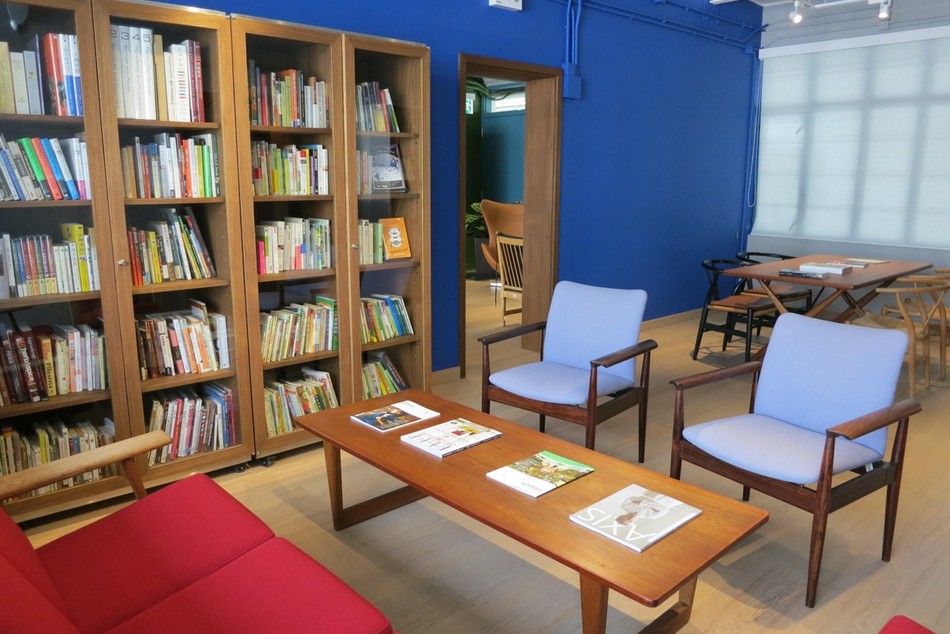Leisure & Culture #63
Buñuel in The Labyrinth of Turtles
"Between delusion and aspiration"
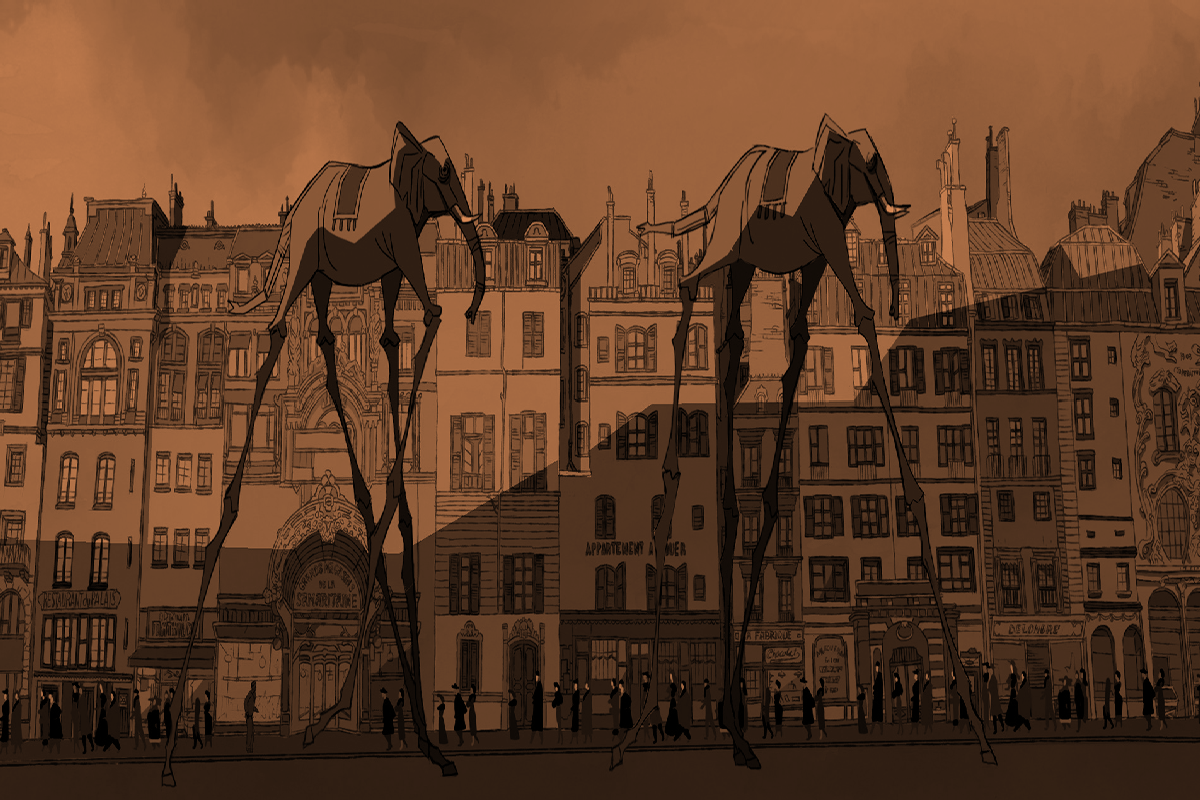
Written by Ko Cheung
Translated by Joel Wong
Photos © cinapse.co, Edko Films Ltd, harvardfilmarchive.org, Movie Passion Worldwide, nofilmschool, premios goya & IMDb
While witnessing the pandemic situations in other countries as well as in Hong Kong, have you ever felt the vortex of hopelessness?
The animated feature "Buñuel in The Labyrinth of Turtles" directed by Spanish director Salvador Simó, won the jury distinction award at the Annecy Festival 2019. Luis Buñuel (1900-1983), The Father of cinematic Surrealism, expressed his cogitation under trouble times, which states, "We stand up to fight the society we despise. Our weapon is our rage, but not guns and cannons."
The film features fantastical animation and in cooperate images of Buñuel's highly controversial surreal-ethnographic film "Las Hurdes: The Land Without Bread", traces back to the times when he was suffering from issues like the oppression of the powerful, pressure from the public, and limitation on production resources. Back then, Buñuel still insists on showing the cruel reality in avant-garde art form throughout his career. In that regard, this film may give you a little inspiration for life.
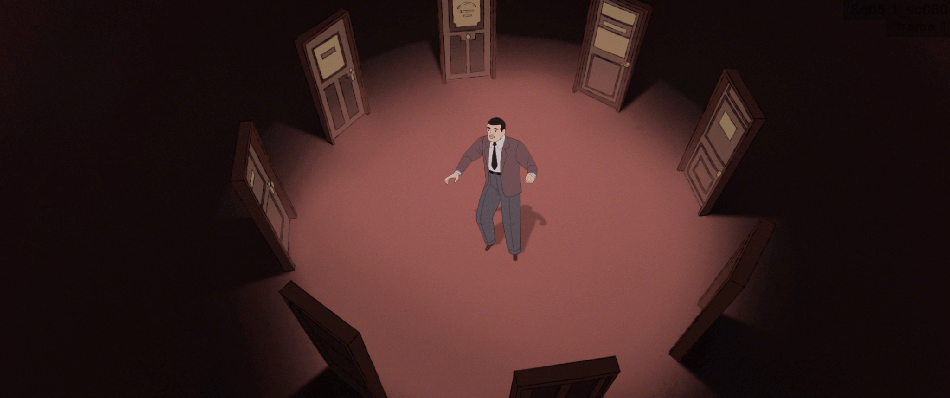
"Buñuel in The Labyrinth of Turtles" directed by Spanish director Salvador Simó, won the jury distinction award at the Annecy Festival 2019. Image © Edko Films Ltd
The once fallen
When Buñuel mentioned the word "rage", in Cantonese nowadays probably translates as "keep your fire inside burning". Sounding cliché? But it is always easier said than done. Today, everyone sees Luis Buñuel as an award-winning master filmmaker, even "The Master of Suspense" Alfred Hitchcock (1899-1980) himself highly regard Buñuel as the best director of all time. However, back in the 1930s, it was a different story.

The style of the "Father of Surrealist Films" Luis Buñuel (1900-1983) changed constantly as he wandered in Spain, France and Mexico.
Image © nofilmschool
Back in the day, the young and talented Luis Buñuel co-produced two stunning avant-garde movies "An Andalusian Dog" (1929) and "The Golden Age" (1930) with the legendary artist Dali, which took the world by storm. With the use of metaphors, Buñuel satirizes the bourgeoisie and the church, Buñuel angered the Curia of Roman Catholic Church, the middle class, and the government all at once with his works. He was quickly banned and left with no funds to prepare for other projects, as well, he was threatened by some to burn down his workshop hard copy of his films. All of a sudden, Buñuel's career was in jeopardy.
.gif)
.gif)
"An Andalusian Dog" (1929) Image ©IMDb
In the era where Buñuel lived, art trends were changing dramatically. In 1924, French writer and poet Andre Breton, alongside Dadaist artists Hans Arp and Max Ernst, jointly published the "Surrealist Manifesto", which set off a new art revolution. Back then, many artistic works yearned for new ideas and cross-genre creation. Among them, Buñuel and French filmmaker René Clair loved to use filmmaking as an experimental medium of expression, showcasing their unparalleled avant-garde imagination and talents, challenge realism and traditional logic. But, in only five years after the manifesto published, the communist craze flooded into Europe, causing the art world to think whether artists should be involved in social reforms. Some artists transferred their enthusiasm to politics right away, paving the way to future fission of surrealism.
The unspeakable legend
At the beginning of "Buñuel in The Labyrinth of Turtles", it is the scene of a coffee shop. At that gathering, all the guests are beautifully-dressed artists; they talk about art and current affairs. But here comes Buñuel shows up dressing like a nun, which implies even if the world and trends are everlasting changes, everyone may not understand Buñuel's artistic spirit. But he will always be that surrealist-believer that sticks to his artistic aspirations.
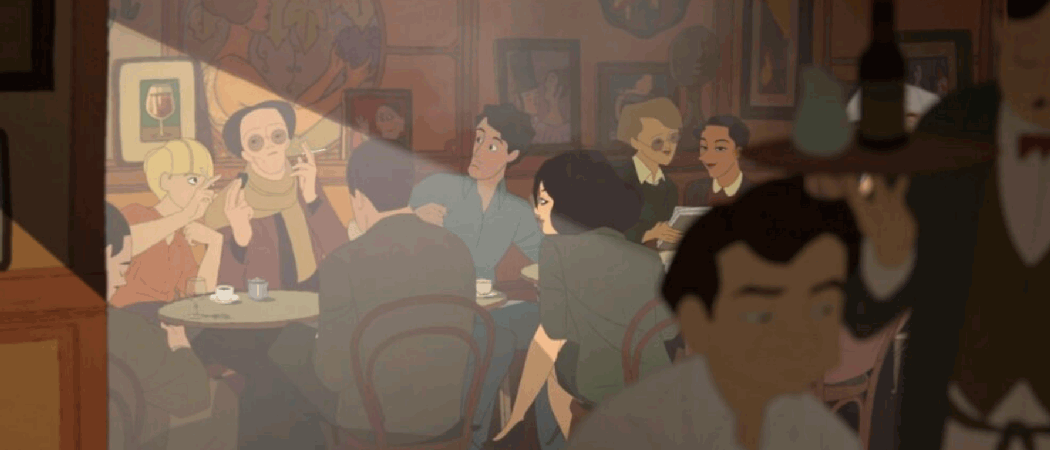
At the beginning of the film, displaying an art gathering at a cafe, reflecting the daily life of the art scene. Image © Edko Films Ltd
Buñuel's so-called "madman's obsession" is the main reason for attracting director Salvador Simó to create "Buñuel in The Labyrinth of Turtles." According to an interview by an online media outlet No Film Schoo (nofilmschool.com), Simó believes that the current films emphasize too much excitement and entertainment. In contrast, Buñuel 's creativity and sincerity make his works more vital and philosophical. Like it or not, Buñuel's film stimulates the audiences to a great extent, leaving them repeatedly "think" and "question" themselves, which leads them to understand more about the world and happenings, even who they are. "Buñuel's films can be taken home to sit back and enjoy." Simó believes so.
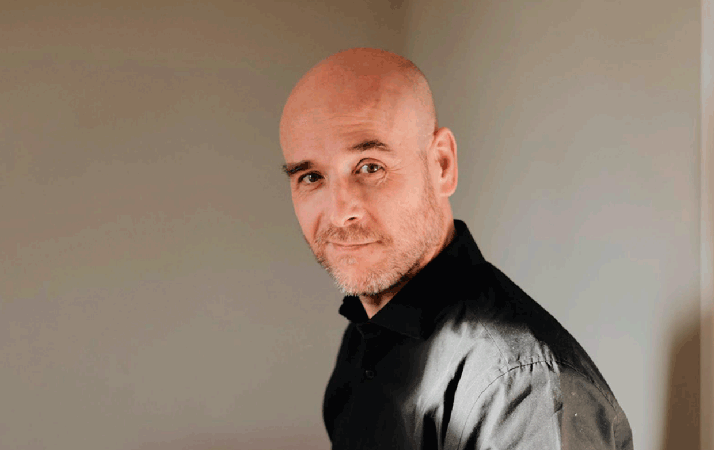
Buñuel's so-called "madman's obsession" is the main reason for attracting director Salvador Simó to create "Buñuel in The Labyrinth of Turtles."
Image © premios goya
Between micro and macro level
Simó set the stage of this animated film in 1932 when Buñuel was politically suppressed but then sponsored by his friend Ramón Acín who just won a lottery. They went to Casares de las Hurdes, in the remote mountainous and most economically deprived region of Spain, to shoot the legendary surreal-ethnographic film "Las Hurdes: The Land Without Bread." The main goal of the film is, besides reflecting Buneul's method of combining political criticism and stunning aesthetics, also witnessing the precious friendship between him and Ramón through the thick and thin.
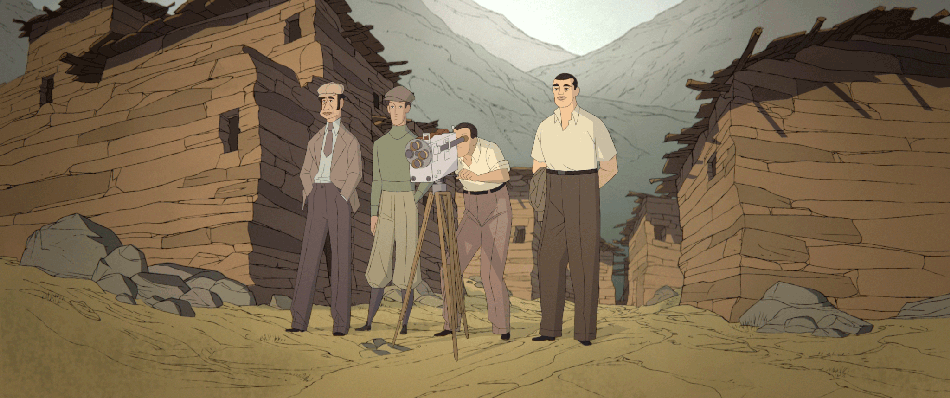
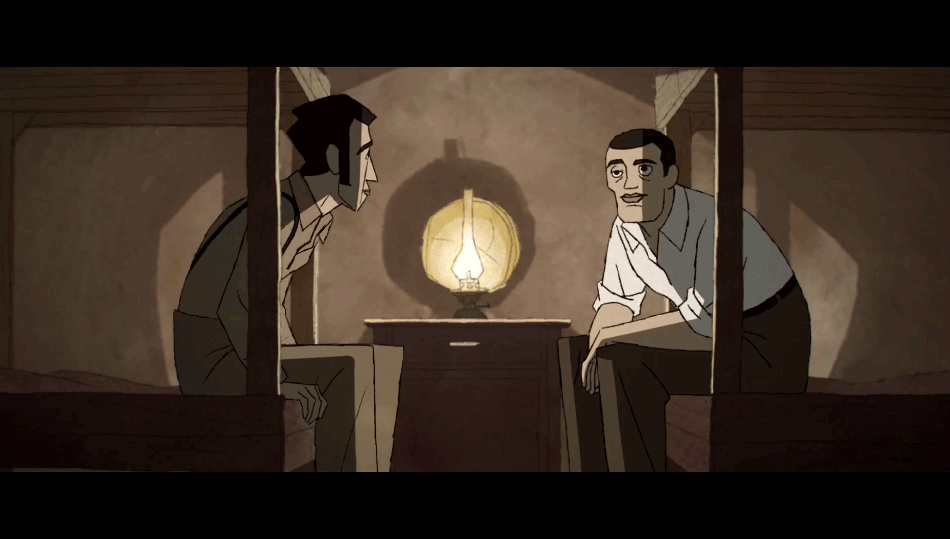
In 1932, Buñuel was politically suppressed but then sponsored by his friend Ramón Acín who won a lottery. They went on to Casares de las Hurdes to shoot the legendary surreal-ethnographic film "Las Hurdes: The Land Without Bread." Image © Edko Films Ltd
Consider there is a gap of the time and difference in background, before deciding the artistic direction for this film, Simó refers to materials like the graphic novels related to Buñuel, a memoir about "Las Hurdes: The Land Without Bread" and he even interviewed Buñuel's grandchildren himself, then he abandons the idea of making this film in live-action biography form with old images and data to support. Instead, Simó decided to use animation to reproduce the dreamy artistic style, which Buñuel is known for, and cleverly quilting the real experience, dreams, rumors, and classic works of his together, making the film much more fun to watch.
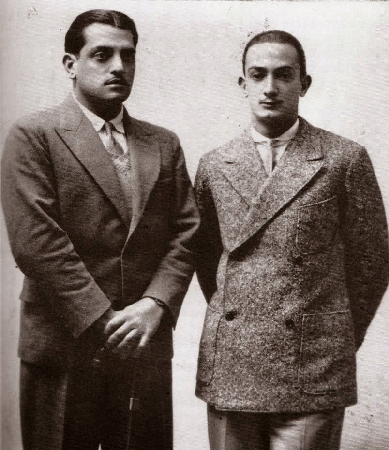
Buñuel and Dali's breakup has always been mythical. There is a flashback scene in the film suggesting that when Buñuel was in trouble, he asked for Dali's sponsorship but got rejected.

The film interspersed with Buñuel's childhood family memories, such as his performance of magic lanterns, his desire to get his father's attention, and he often dreamed of his speechless father.
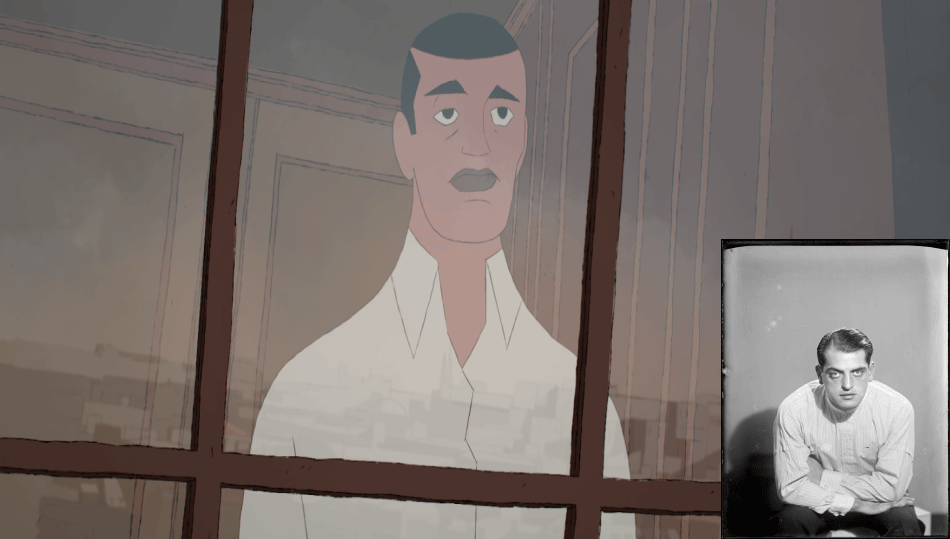
We can see how ideas like strict parenting, beliefs, artistic companionship and war turmoil, etc., affecting the physical and mental growth of young Buñuel.
Interestingly, the film also reveals the confrontation between Buñuel and Ramón, while shooting "Las Hurdes: The Land Without Bread", on controversy issues like whether they should kill animals, ripping off the head of a chicken, and having gnomes and sick children onscreen etc., bringing out how "truth" and "honesty" are obtained, fine tuned and reviewed during all creative process in filmmaking, which might have helped to construct the image system and culture of films.
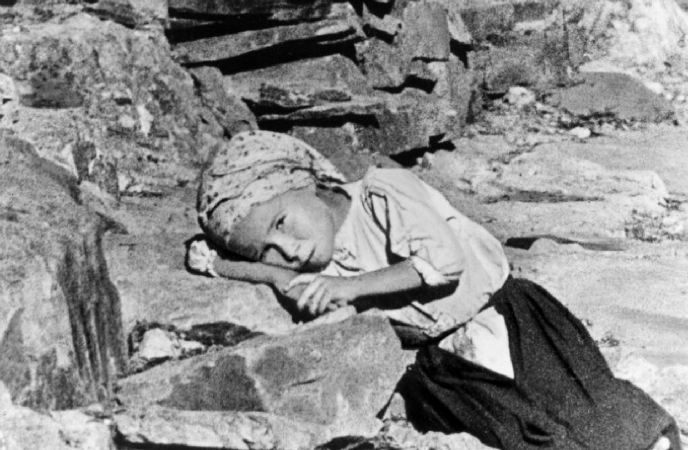
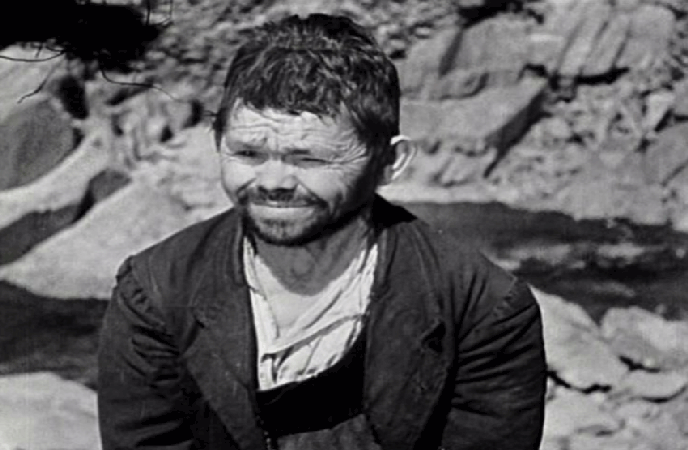
"Las Hurdes: The Land Without Bread" was shot in Casares de las Hurdes, a remote mountainous and most economically deprived region of Spain.
Image in left © harvardfilmarchive.org Image in right © cinapse.co
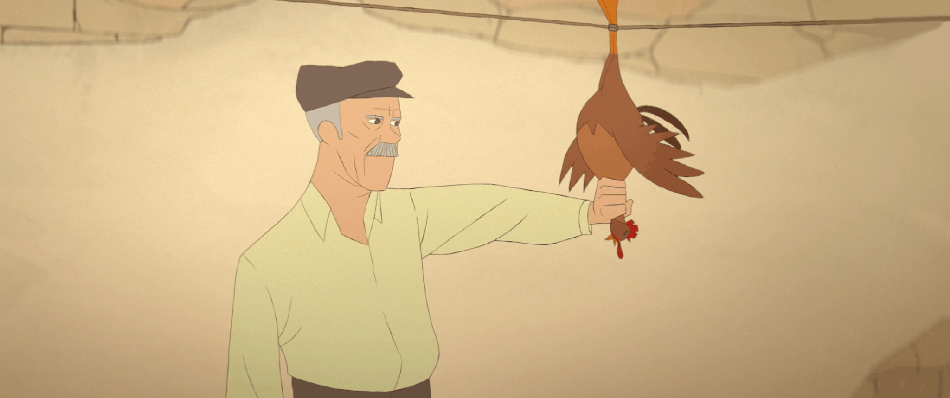
While shooting "Las Hurdes: The Land Without Bread", Buñuel and Ramón debated on controversy issues like whether they should kill animals, ripping off the head of a chicken, and having gnomes and sick children onscreen etc., bringing out how "truth" and "honesty" are obtained. Image © Edko Films Ltd
All in all, from a broader sense, for those who don't know Luis Buñuel and his works can treat this film as a springboard to understand his deep-rooted friendship with Ramón, and how he overcomes his nightmare, political repression, entanglement between friendship and fame with sheer will power. Conversely, the film is full of easter eggs about Buneul's career and the power of his imagination, which would give all those cinephiles out there a knowing smile. And through Salvador Simó's open-minded perspectives, helps them to reacquaint Buneul's entire repertoire and experience how his view on life and death, creativity, and family are made, this may help those who once felt lost about life to persevering with their crusade to fight against destiny.

